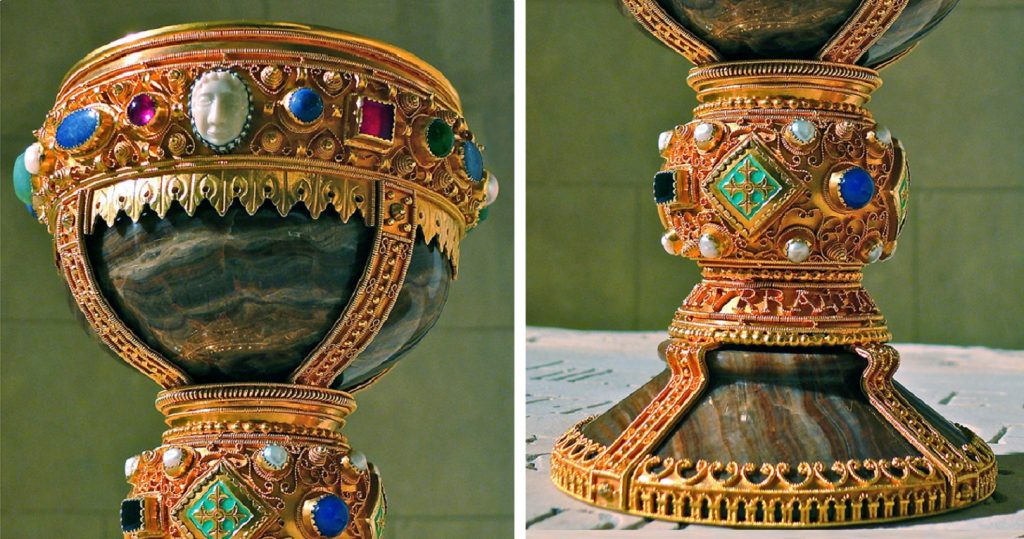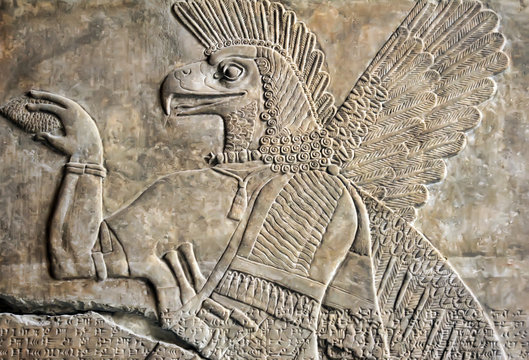Metal, a versatile media, has existed as a canvas for artistic expression in many civilizations. Decorative metal work covers techniques ranging from delicate filigree to bold sculptural shapes. It represents the designers’ distinct cultural background and artistic vision. This ancient craft has enthralled audiences with its beauty, workmanship, and talent. Decorative metalwork transcends time, portraying the incredible beauty of human hands and thoughts.
Metalworkers refined their abilities by sculpting and decorating metals to produce exquisite pieces. From centuries ago to our times, ornamental metal art has thrived. Artisans experimented with varied techniques, materials, and symbolic meanings. Decorative metalwork continues to evolve, yet its fundamental nature remains ageless. It tends to amaze ans astound us, serving as a reminder of this art-form’s lasting impact.
Ancient Origins: Tracing the History of Decorative Metal Work
Metal has has been a significant artistic medium for millennia, dating back to the beginning of human civilization. From ancient Egypt’s intricate gold jewelry to ancient Greece’s lifelike bronze sculptures, metal has been used as a canvas for artistic expression, symbolizing power and divine connections. This has led to the creation of intricate and lifelike sculptures that showcase the beauty of mental.
Ancient Mesopotamian metalworkers made elaborate decorations, featuring symbols from their rich culture and rituals. The Celts excelled in metalworking, creating exquisite brooches and torcs with detailed knotwork and animal patterns.

Cultural Legacies: Countries Famous for Decorative Metalwork
Many regions and civilizations are known for their unique metalworking traditions, techniques, and creative expressions. In India, the centuries-old craft of bidri thrives. It involves inlaying gold and silver onto oxidized metal. This complex procedure began in the 14th century in Bidar. Generations of expert artisans have continued this tradition. They produce exquisite artifacts with geometric and floral designs.
The Middle East has long praised Damascus’ exquisite metalwork and its well-known steel blades for both their practicality and elegance. A sophisticated forging technique that blended many steel kinds produced the famed Damascus steel, which is valued by its robustness and aesthetic appeal as well as its characteristic pattern of wavy bands.
With the creation of the Sword Guards, or Tsuba, Japanese metallurgy achieved unprecedented heights. Intricate metal plates that shielded Japanese swords evolved into canvases for elaborate patterns and sculptures that reflected the samurai culture’s creative sensibility and the wabi-sabi aesthetic, which honors imperfection and mortality.

Shaping Metal: Tools and Techniques of Decorative Metal Work
Tools and techniques in ornamental metal work vary as much as the art forms. Devices like hammers, anvils, chasing tools, and engraving burins play distinct roles. Over decades, craftspeople have used these tools for shaping and adorning metal. Their meticulous design and development have enabled the achievement of intended results.
Metalworking artistry demands precision. Techniques like repoussé involve hammering metal from within to raise designs. Chasing meticulously carved patterns on the surface. Both require a steady hand and a keen eye. Niello’s work adds another layer of artistry. Black metal fills etched lines, creating intricate patterns with stunning contrast.
Enameling, melting glassy enamel onto metal, creates vibrant and enduring decorative works like jewelry and religious artifacts. Casting, pouring molten metal into molds, allows crafting intricate reliefs and sculptures, bringing an artist’s vision to life in three dimensions.

Masterpieces in Metal: Renowned Decorative Metal Work
Artists throughout history have created famous decorative metal artworks. These enduring pieces are cherished representations of artistic talent and cultural heritage. A magnificent example is the Ghiberti Doors of the Baptistery in Florence, also known as the “Gates of Paradise”. These imposing bronze doors, crafted by Lorenzo Ghiberti in the 15th century, showcase elaborate relief panels depicting scenes from the Old Testament. Every panel is a masterwork of composition and meticulous detailing.
The Chalice of Dona Uracca, a Spanish chalice from the 12th century with enamel and filigree decorations, is an example of the mastery of medieval metalworkers. This elaborate piece, which is reputed to have been ordered by the Queen of Leon, exhibits the rich symbolism and elaborate methods typical of the period’s metalwork. It has exquisite scrollwork and vivid enamel designs.
The Alhambra Palace in Granada, Spain, is an outstanding instance of the intricate metalwork that graced the architectural wonders of Moorish culture and is well-known throughout the Islamic world. This spectacular palace features exquisite geometric patterns and calligraphic motifs created in bronze and other metals that harmoniously fuse art and architecture. The walls, ceilings, and fountains all feature these designs.

Beyond Form: Symbolism and Meaning in Decorative Metal Work
Decorative metalwork isn’t just about skill. It often carries deep meaning and symbolism. It’s a visual language that speaks of a civilization’s ideals, values, and beliefs. In many ancient cultures, metal objects held spiritual or ceremonial importance. They served as vessels for cultural expression and belief systems.
Decorative metalwork is a potent visual narrative technique because of the ways in which the patterns, themes, and materials employed in these pieces may communicate ideas about identity, contemporary values, and the artist’s vision. For example, the animal themes in Celtic metalwork indicate strength, fertility, and the cycle of life, while the complex knotwork patterns were thought to depict the interconnection of all things.
The complex geometric patterns and calligraphic forms seen in metalwork across the Islamic world mirrored the religion’s emphasis on unity and the endless aspect of the divine. Ancient cultures created these designs using mathematical principles. The designs symbolized the cosmos’s harmony and order. They were constant reminders of the universe’s exquisite beauty and purity.
Decorative metalwork is an ageless art form whose beauty, skill, and rich symbolic meaning captivate audiences throughout nations and ages. This enduring tradition, which reminds us of the extraordinary inventiveness and skill of human hands and brains, remains to captivate and astound, producing works of art that range from antiquated treasures to modern masterpieces. As we enjoy these pieces of art, we are able to marvel at their technical mastery as well as acquire understanding of the diverse range of human cultures, ideologies, and artistic expressions that have influenced our globe.







